Baby eye colour: What colour eyes will my baby have?

Brown eyes, blue eyes, black eyes, green eyes, grey eyes, hazel eyes and purple eyes … There're so many gorgeous eye colours out there – and we love each and every one of them!
But do you know how your eye colour is determined? With the help of science, Lentiamo will guide you through this very mysterious but fascinating topic and show you how you can even predict a baby's eye colour!
Let's start!
How is your eye colour determined?
The colour of your eyes is a trait determined by the amount of melanin and the type of pigment in your iris, a thin membrane which can vary in hue from blue to brown. The iris is located behind the cornea and in front of the lens and encircles the pupil.
Melanin is a biological pigment „manufactured“ by special skin cells called melanocytes. It not only regulates the colour of your eyes but also the colour of your skin and hair.
Eye colour, as well as skin and hair colour, is determined by a series of information stored in a person’s genes. Our own personal „secret code“, if you will. Especially in eye colours, there are several genes at work.
How do genes and melanin affect your eye colour?
The colour of your eyes, as we just mentioned, is genetically determined – according to what information those genes carry – and this establishes the amount and distribution of melanin content in your body. Hence, to put it briefly, the genes associated with eye colour „instruct“ the melanin production, transport and concentration in the iris.
The more melanin there is in your eyes, the darker your eye colour is. In blue eyes, the melanin is distributed in the innermost part, while in dark eyes it is to be found in the outermost part. In green eyes, melanin is found in small quantities in both parts of the iris.
In rare cases, having a different colour in each eye is possible. This phenomenon is called heterochromia.
What colour eyes will my baby have?
Brown eyes are a dominant trait, that's why 79% of the world population has brown eyes. Approximately 8–10% of the people worldwide have blue eyes. And last but not least, green is the rarest colour, with a small 2%.
As shown in the video, brown is dominant over blue and green. Therefore, generally speaking, a blue-eyed person usually has two blue-eyed parents, and two blue-eyed parents commonly don't have a brown-eyed child.
Is eye colour inherited?
Often the eye colour of a baby can be predicted based on the eye colours of the parents and other relatives. However, it's important to know that genetic variations can occur and lead to unexpected eye colour in the newborn.
In the past, scientists used to think that eye colour was determined by a single gene and that this trait could follow a simple inheritance pattern. Therefore, it was believed that parents who both had blue eyes could not have a child with brown eyes. However, more recent studies proved how this model was too simplistic. Although it's uncommon, parents with blue eyes can in fact have children with brown eyes. The inheritance of eye colour is more complex than originally suspected because multiple genes are involved.
Can eye colour change over time?
This may sound strange, but the answer is yes. Surprisingly, a number of simple things can influence our daily eye colour:
- Ambient brightness and exposition to the sun: definitely the most common cause. As we move from a sunny place to a dim room, our pupil – much like a camera – will shrink or dilate to adjust to the light. In brighter environments, and especially under natural light, we're able to appreciate more nuances within our irises. When the pupil dilates to allow us to see better in darker environments, the eyes also appear darker because only a small part of the iris is visible. This is why hazel eyes can sometimes appear green or gold and light blue eyes can appear grey. But while a walk in the sun can make our eyes brighter, more frequent sunbathing activates a more generous production of melanin (using the same process that makes us tan), which can lead to darker eyes. In any case, don't forget that UV rays are dangerous for our eyes. This is why we always recommend wearing a pair of high-quality sunglasses.
- Age: it's a known fact that most babies are born with blue eyes and that this colour can change later on. This happens because at birth the production of melanin has just begun and the baby's body therefore contains a lower concentration of melanin. As a rule, the eye colour will set in at the age of three. In older age, however, the eyes can become lighter, just as the hair becomes white. This is because the production of melanin decreases with ageing.
- Mood: excitement, anger, happiness … true to the old saying that the eyes are a window to the soul, our emotions have the power to constrict or dilate our pupils. It's been observed that the colour of the eyes appears more vivid when we feel joy and darker when we are angry.
- Eating habits: meat, fruit and vegetables can also darken or lighten your natural eye colour. For example, people say that foods like spinach and organic honey can lighten your iris and make it look brighter. Camomile and olive oil, on the other hand, can make your eyes appear warmer. While all of these superfoods are definitely good for you, there is no scientific evidence yet on their ability to permanently change your eye colour. What is certain, however, is that a balanced diet will make your eyes healthier and therefore brighter. Conversely, if your body is suffering from a disease, this may also change the appearance of your eyes.
- Injuries: injuries can also change your eye colour. Trauma, for example, can hit the melanin in the eye and cause a partial colour change.
How can you change your eye colour safely?
Easy peasy: you can change your eye colour with a pair of dazzling coloured contact lenses! There are several types of coloured contacts out there: tints that intensify your eyes, vividly change your natural eye colour or transform it into crazy Halloween motifs. … Lentiamo got them all!
Feeling a little overwhelmed now? Then have a look at our guide on which coloured contact lenses are right for you!
The best coloured contact lenses according to our optometrists
Don't miss out on our wide range of coloured contact lenses, available both with and without prescription!
Did you enjoy the journey into the magic of eye colours? Be sure to share this article with your friends!
https://medlineplus.gov/…ts/eyecolor/
https://www.webmd.com/…ect-the-eyes
https://www.mamanatural.com/…color-chart/


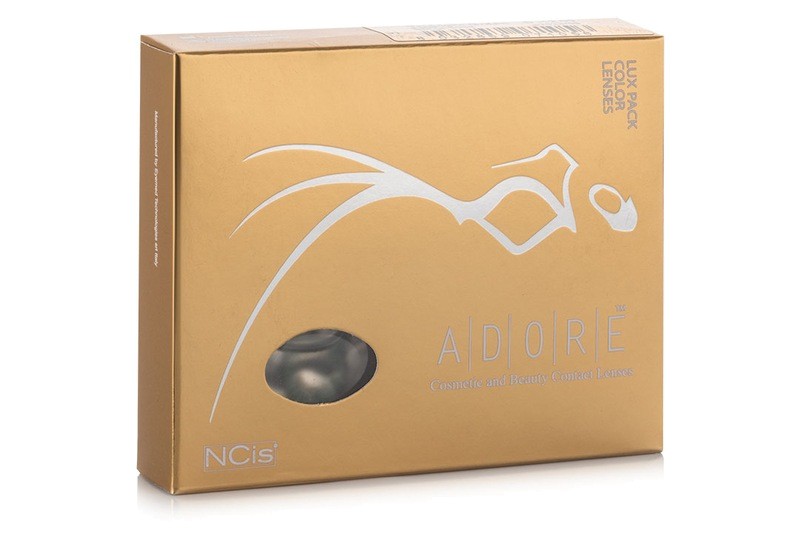
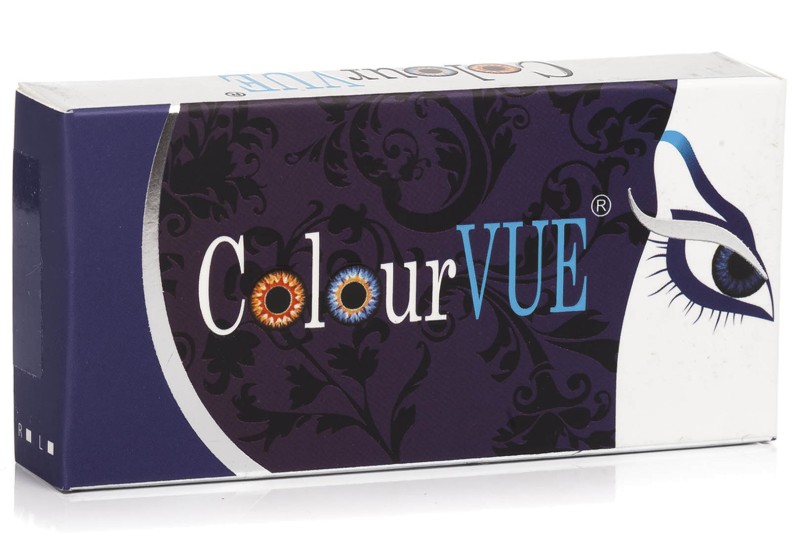
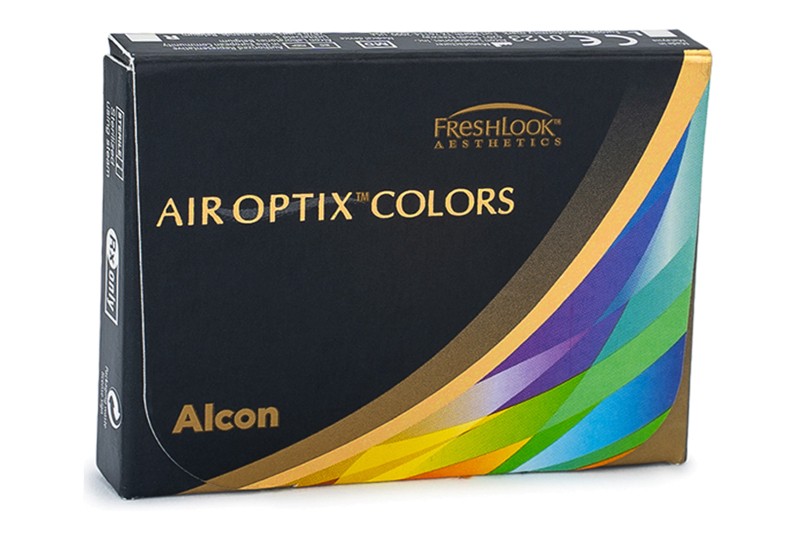
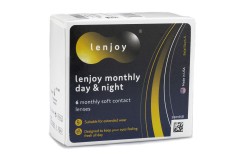
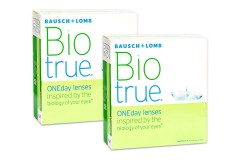
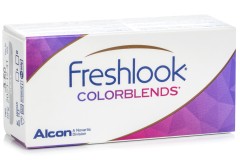


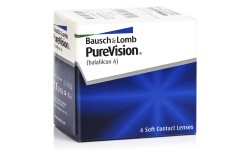
Comments